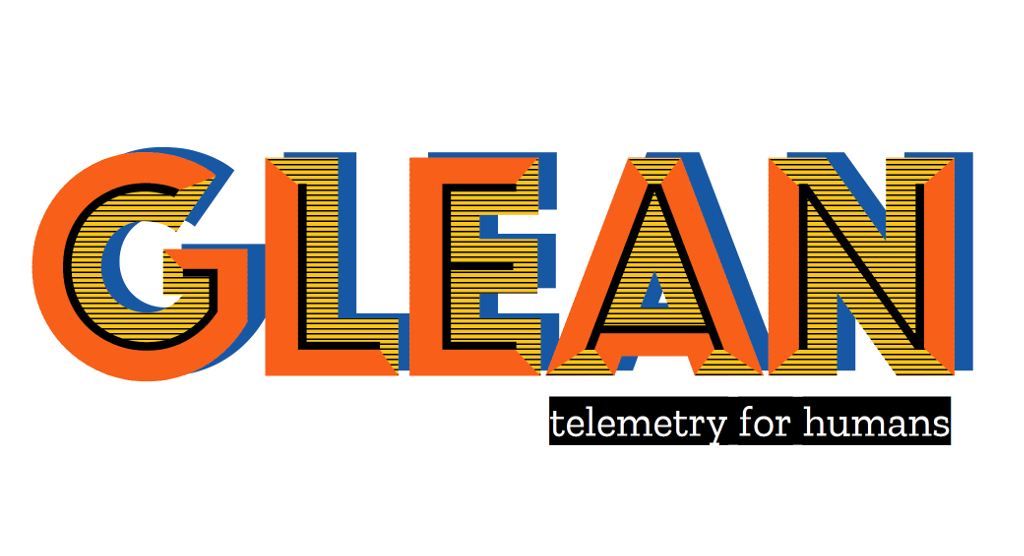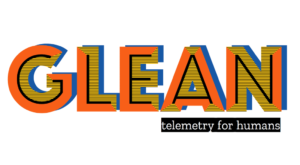(“This Week in Glean” is a series of blog posts that the Glean Team at Mozilla is using to try to communicate better about our work. They could be release notes, documentation, hopes, dreams, or whatever: so long as it is inspired by Glean. You can find an index of all TWiG posts online.)
It’s been a while since last I wrote on Project FOG, so I figure I should update all of you on the progress we’ve made.
A reminder: Project FOG (Firefox on Glean) is the year-long effort to bring the Glean SDK to Firefox. This means answering such varied questions as “Where are the docs going to live?” (here) “How do we update the SDK when we need to?” (this way) “How are tests gonna work?” (with difficulty) and so forth. In a project this long you can expect updates from time-to-time. So where are we?
First, we’ve added the Glean SDK to Firefox Desktop and include it in Firefox Nightly. This is only a partial integration, though, so the only builtin ping it sends is the “deletion-request” ping when the user opts out of data collection in the Preferences. We don’t actually collect any data, so the ping doesn’t do anything, but we’re sending it and soon we’ll have a test ensuring that we keep sending it. So that’s nice.
Second, we’ve written a lot of Design Proposals. The Glean Team and all the other teams our work impacts are widely distributed across a non-trivial fragment of the globe. To work together and not step on each others’ toes we have a culture of putting most things larger than a bugfix into Proposal Documents which we then pass around asynchronously for ideation, feedback, review, and signoff. For something the size and scope of adding a data collection library to Firefox Desktop, we’ve needed more than one. These design proposals are Google Docs for now, but will evolve to in-tree documentation (like this) as the proposals become code. This way the docs live with the code and hopefully remain up-to-date for our users (product developers, data engineers, data scientists, and other data consumers), and are made open to anyone in the community who’s interested in learning how it all works.
Third, we have a Glean SDK Rust API! Sorta. To limit scope creep we haven’t added the Rust API to mozilla/glean and are testing its suitability in FOG itself. This allows us to move a little faster by mixing our IPC implementation directly into the API, at the expense of needing to extract the common foundation later. But when we do extract it, it will be fully-formed and ready for consumers since it’ll already have been serving the demanding needs of FOG.
Fourth, we have tests. This was a bit of a struggle as the build order of Firefox means that any Rust code we write that touches Firefox internals can’t be tested in Rust tests (they must be tested by higher-level integration tests instead). By damming off the Firefox-adjacent pieces of the code we’ve been able to write and run Rust tests of the metrics API after all. Our code coverage is still a little low, but it’s better than it was.
Fifth, we are using Firefox’s own network stack to send pings. In a stroke of good fortune the application-services team (responsible for fan-favourite Firefox features “Sync”, “Send Tab”, and “Firefox Accounts”) was bringing a straightforward Rust networking API called Viaduct to Firefox Desktop almost exactly when we found ourselves in need of one. Plugging into Viaduct was a breeze, and now our “deletion-request” pings can correctly work their way through all the various proxies and protocols to get to Mozilla’s servers.
Sixth, we have firm designs on how to implement both the C++ and JS APIs in Firefox. They won’t be fully-fledged language bindings the way that Kotlin, Python, and Swift are (( they’ll be built atop the Rust language binding so they’re really more like shims )), but they need to have every metric type and every metric instance that a full language binding would have, so it’s no small amount of work.
But where does that leave our data consumers? For now, sadly, there’s little to report on both the input and output sides: We have no way for product engineers to collect data in Firefox Desktop (and no pings to send the data on), and we have no support in the pipeline for receiving data, not that we have any to analyse. These will be coming soon, and when they do we’ll start cautiously reaching out to potential first customers to see whether their needs can be satisfied by the pieces we’ve built so far.
And after that? Well, we need to do some validation work to ensure we’re doing things properly. We need to implement the designs we proposed. We need to establish how tasks accomplished in Telemetry can now be accomplished in the Glean SDK. We need to start building and shipping FOG and the Glean SDK beyond Nightly to Beta and Release. We need to implement the builtin Glean SDK pings. We need to document the designs so others can understand them, best practices so our users can follow them, APIs so engineers can use them, test guarantees so QA can validate them, and grand processes for migration from Telemetry to Glean so that organizations can start roadmapping their conversions.
In short: plenty has been done, and there’s still plenty to do.
I guess we’d better be about it, then.
:chutten
(( this is a syndicated copy of the original post ))












